Passenger Flow Distribution Model in Urban Rail Transit Hub Platform
DOI: 10.23977/acss.2023.070115 | Downloads: 35 | Views: 1448
Author(s)
Gao Long 1,2, Xie Binglei 1, Zong Chuanling 2, Zhang Ning 2
Affiliation(s)
1 Harbin Institute of Technology, Shenzhen, Shenzhen, 518055, China
2 State High-Tech Industrial Innovation Center, Shenzhen, Shenzhen, 518057, China
Corresponding Author
Xie BingleiABSTRACT
Urban rail transit hub platform is the most important area for passenger flow distribution. In order to calculate passenger flow volume in platform and evaluate platform service level during rush hours, this paper presents a method for modeling and simulation of passenger flow distribution in platform. Passenger flow distribution model (PFDM) is proposed based on the basic analysis and the superposition principle of passenger flow. Simulation design for PFDM is proposed by Anylogic, which contains simulation process and simulation model. Experiment results show that PFDM and simulation design are effective and accordant with the reality scenario, and the simulation precision is comparatively ideal. This research could provide a beneficial reference for train scheduling and operation management under the viewpoint of traffic safety and service level.
KEYWORDS
Passenger flow distribution model, Simulation design, Performance evaluation, Passenger flow volume, Service level, Urban rail transit hub platformCITE THIS PAPER
Gao Long, Xie Binglei, Zong Chuanling, Zhang Ning. Passenger Flow Distribution Model in Urban Rail Transit Hub Platform. Advances in Computer, Signals and Systems (2023) Vol. 7: 115-127. DOI: http://dx.doi.org/10.23977/acss.2023.070115.
REFERENCES
[1] Fruin. J. J. Designing for pedestrians: a level of service concept. Washington DC: Highway Research Board. vol. 355, no. 12, pp. 1-15, 1971.
[2] Transportation Research Board. Highway Capacity Manual. Washington DC: National Research Council Press. pp. 635-670, 2000.
[3] Muramatsu. M, Irie. T, and Nagatani. T. Jamming transition in pedestrian counter flow. Physica A. vol. 267, no. 3, pp. 487-498, 1999.
[4] Okazaki. S. A study of pedestrian movement in architectural space, part 1: pedestrian movement by the application on of magnetic models. Transactions of the Architectural Institute of Japan. vol. 283, no. 3, pp. 111-119, 1979.
[5] Gipps. P. G., and Marksjo. B. A micro-simulation model for pedestrian flows. Mathematics and Computers in Simulation. vol. 27, no. 2, pp. 95-105, 1985.
[6] Lovas. G. G. Modeling and simulation of pedestrian traffic flow. Transportation Research Part B. vol. 28, no. 3, pp. 429-443, 1994.
[7] Helbing. D, and Molnar. P. Social force model for pedestrian dynamics. Physical Review E. vol. 51, pp. 4282-4286, 1995.
[8] Blue. V. J, and Adler. J. L. Cellular automata microsimulation for modeling bi-directional pedestrian walkways. Transportation Research Part B. vol. 35, pp. 293-312, 2001.
[9] Li. X. M, Yan. X. D, and Li. X. G. Using cellular automata to investigate pedestrian conflicts with vehicles in crosswalk at signalized intersection. Discrete Dynamics in Nature and Society. vol. 3, pp. 1555-1565, 2012.
[10] Helbing. D. Collective Phenomena and States in Traffic and Self-driven Many-particle Systems. Computational Materials Science. vol. 30, pp. 180-187, 2004.
[11] Xiong. H. W, Yao. L. Y, and Wang. W. H. Pedestrian walking behavior revealed through a random walk model. Discrete Dynamics in Nature and Society. vol. 12, pp. 1951-1965, 2012.
[12] Lu. L. L, Ren. G, and Wang. W. Exploring the effects of different walking strategies on bi-directional pedestrian flow. Discrete Dynamics in Nature and Society. vol. 2, pp. 1-9, 2013.
[13] Daamen. W, Bovy. P. H. L, and Hoogendoorn. S. P. Influence of changes in level on passenger route choice in railway stations. 84th Annual Meeting of the Transportation Research Board, Washington DC: National Research Council Press. pp. 12-20, 2005.
[14] Daamen. W, Bovy. P. H. L, and Hoogendoorn. S. P. Choices between stairs, escalators and ramps in stations. 10th International Conference on Computer System Design and Operation in the Railway and Other Transit Systems. pp. 3-12, 2006.
[15] Duive. D. C, Daamen. W, and Hoogendoorn. S. P. State-of-the-art crowd motion simulation models. Transportation Research Part C. vol. 37, no. 3, pp. 193-209, 2013.
[16] Guillermo H. G. A mathematical model of the formation of lanes in crowds of pedestrians moving in opposite directions. Discrete Dynamics in Nature and Society. vol. 2, pp. 56-63, 2015.
[17] Bandini. S, Mondini. M, and Vizzari. G. Modelling negative interaction among pedestrians in high density situations. Transportation Research Part C. vol. 40, no. 1, pp. 251-270, 2014.
[18] Seriani. S, and Fernandez. R. Pedestrian traffic management of boarding and alighting in metro stations. Transportation Research Part C. vol. 53, pp. 76-92, 2015.
[19] Zhang. Q., Han. B. M., and Li. D. W. Modeling and simulation of passenger alighting and boarding movement in Beijing metro stations. Transportation Research Part C. vol. 16, no. 5, pp. 635-649, 2008.
[20] Zhang. Q., Han. B. M. Modeling and simulation of transfer performance in Beijing metro stations. 8th IEEE International Conference on Control and Automation. vol. 17, no. 1, pp. 1888-1891, 2010.
[21] Yang. Y. D., Li. J., and Zhao. J. X. Study on Passenger Flow Simulation in Urban Subway Station Based on Anylogic. Journal of Software. vol. 9, no. 1, 2014.
[22] Wang. G. Research on the model of assembling in the urban rail transit platform [Master dissertation]. Beijing Jiaotong University, China, 2012.
[23] Gao. S. S. Analysis and calculation of assembling passengers at urban rail transit platform [Master dissertation]. Beijing Jiaotong University, China, 2015.
[24] Wang S. W, and Rong. J. Transit station congestion index research based on pedestrian simulation and gray clustering evaluation. Discrete Dynamics in Nature and Society. vol. 12, pp. 1-8, 2013.
[25] Zhao. H. Study on the service level of pedestrian facility in urban rail transit hub [Master dissertation]. Beijing University of Civil Engineering and Architecture, China, 2011.
[26] Schelenz. T, Suescun. A, and Wikstrom. L. Passenger-centered design of future buses using agent-based simulation. Procedia-Social and Behavioral Sciences. vol. 48, pp. 1662-1671, 2012.
[27] Schelenz. T, Suescun. A, and Karlsson. M. Decision making algorithm for bus passenger simulation during the vehicle design process. Transport Policy. vol. 25, no. 1, pp. 178-185, 2013.
[28] Schelenz. T, Suescun. A, and Wikstrom. L. Application of agent based simulation for evaluating a bus layout design from passengers' perspective. Transportation Research Part C. vol. 43, no. 2, pp. 222-229, 2014.
[29] Zhao. N, and An. S. Collaborative management of complex major construction projects: anylogic-based simulation modeling. Discrete Dynamics in Nature and Society. vol. 10, pp. 1-8, 2016.
| Downloads: | 40675 |
|---|---|
| Visits: | 804380 |
Sponsors, Associates, and Links
-
Power Systems Computation

-
Internet of Things (IoT) and Engineering Applications
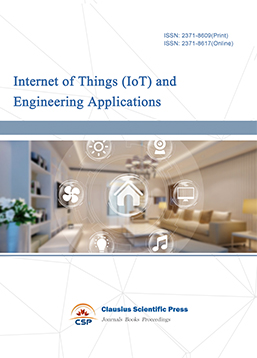
-
Computing, Performance and Communication Systems
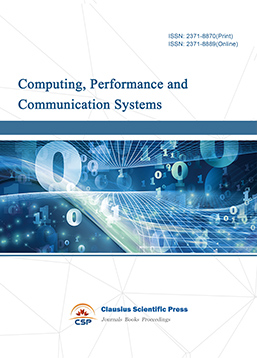
-
Journal of Artificial Intelligence Practice
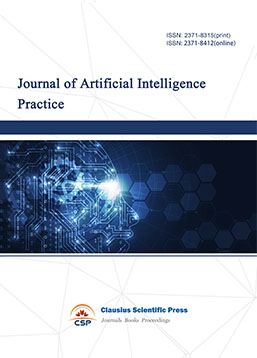
-
Journal of Network Computing and Applications
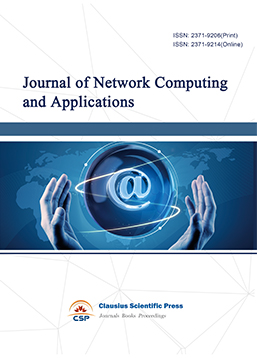
-
Journal of Web Systems and Applications
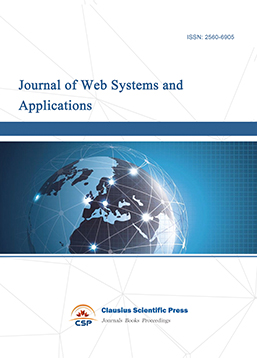
-
Journal of Electrotechnology, Electrical Engineering and Management
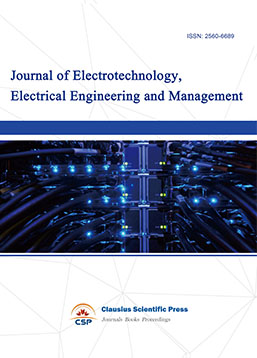
-
Journal of Wireless Sensors and Sensor Networks
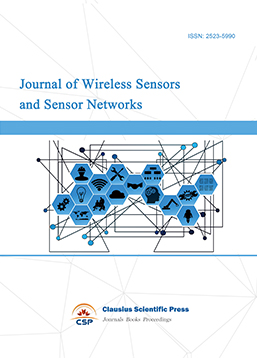
-
Journal of Image Processing Theory and Applications
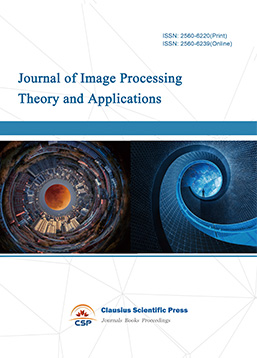
-
Mobile Computing and Networking
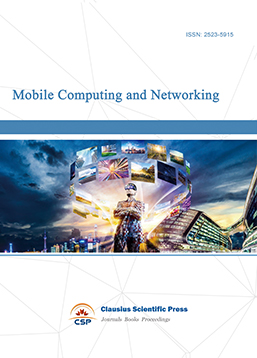
-
Vehicle Power and Propulsion
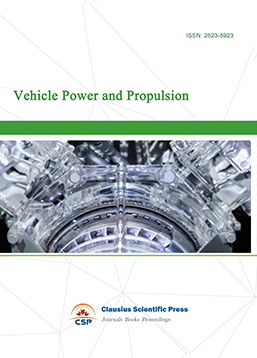
-
Frontiers in Computer Vision and Pattern Recognition

-
Knowledge Discovery and Data Mining Letters

-
Big Data Analysis and Cloud Computing
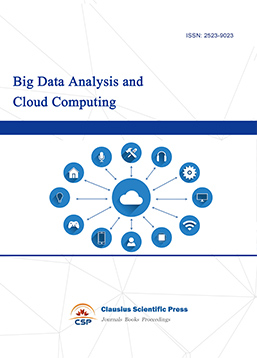
-
Electrical Insulation and Dielectrics
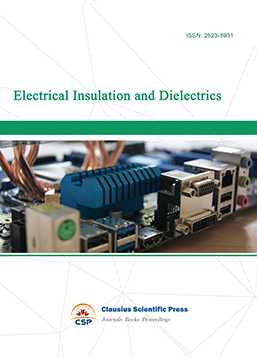
-
Crypto and Information Security
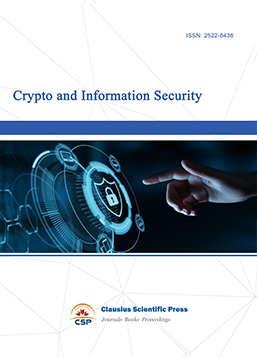
-
Journal of Neural Information Processing
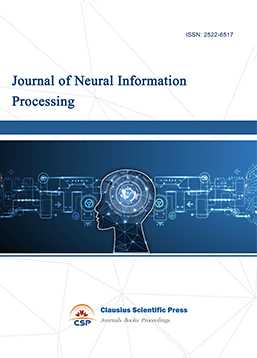
-
Collaborative and Social Computing

-
International Journal of Network and Communication Technology
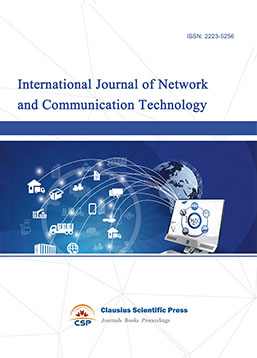
-
File and Storage Technologies
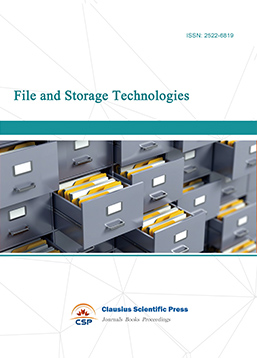
-
Frontiers in Genetic and Evolutionary Computation
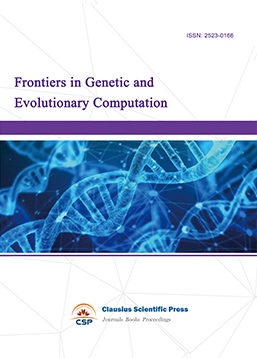
-
Optical Network Design and Modeling
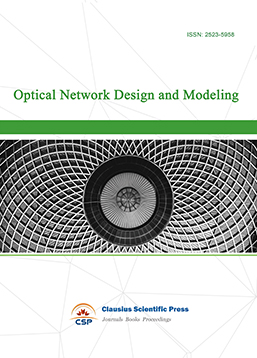
-
Journal of Virtual Reality and Artificial Intelligence
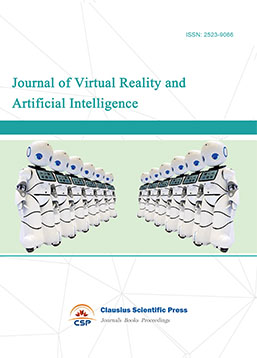
-
Natural Language Processing and Speech Recognition
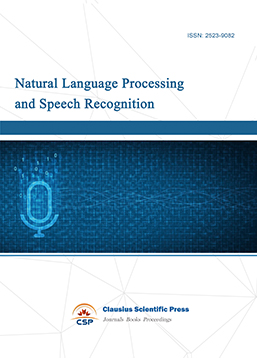
-
Journal of High-Voltage
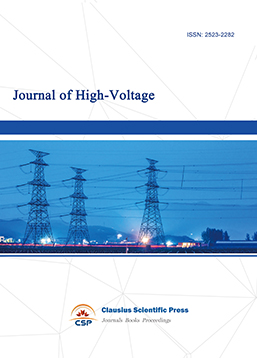
-
Programming Languages and Operating Systems
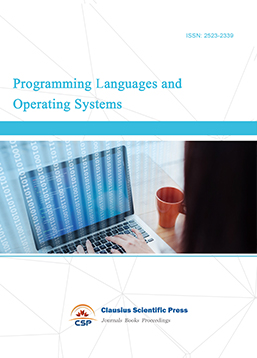
-
Visual Communications and Image Processing

-
Journal of Systems Analysis and Integration
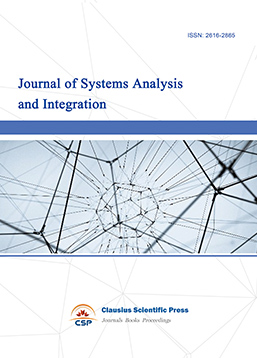
-
Knowledge Representation and Automated Reasoning
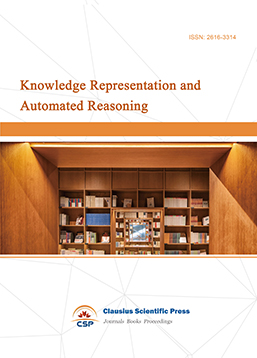
-
Review of Information Display Techniques
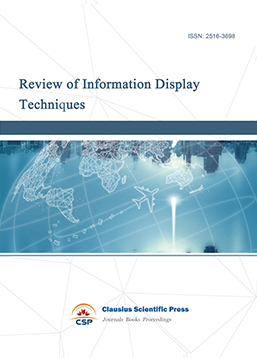
-
Data and Knowledge Engineering
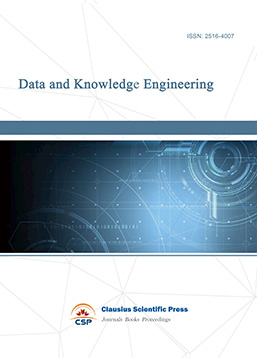
-
Journal of Database Systems
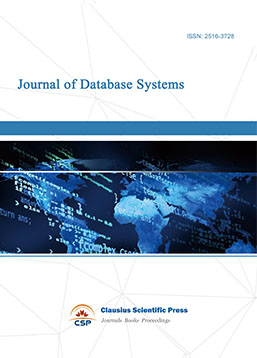
-
Journal of Cluster and Grid Computing

-
Cloud and Service-Oriented Computing
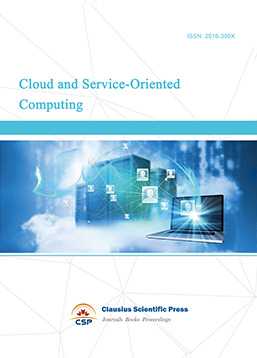
-
Journal of Networking, Architecture and Storage
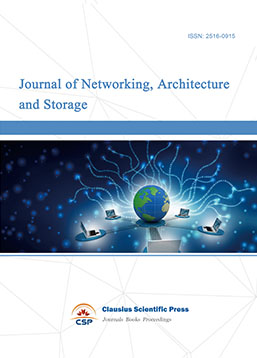
-
Journal of Software Engineering and Metrics
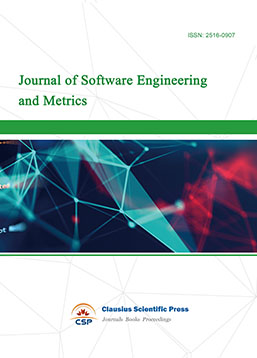
-
Visualization Techniques

-
Journal of Parallel and Distributed Processing
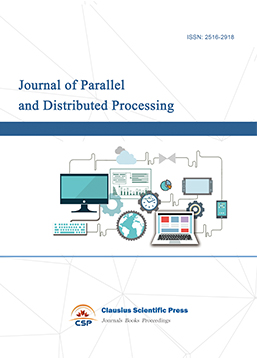
-
Journal of Modeling, Analysis and Simulation
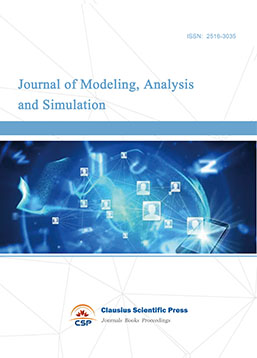
-
Journal of Privacy, Trust and Security
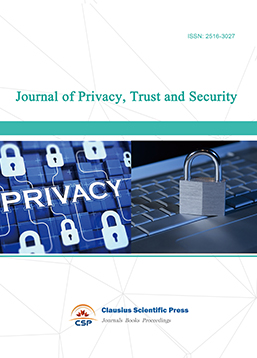
-
Journal of Cognitive Informatics and Cognitive Computing
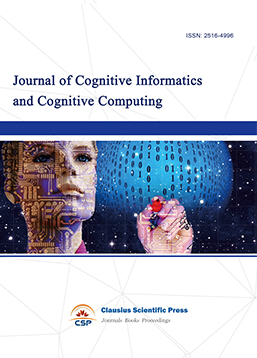
-
Lecture Notes on Wireless Networks and Communications

-
International Journal of Computer and Communications Security
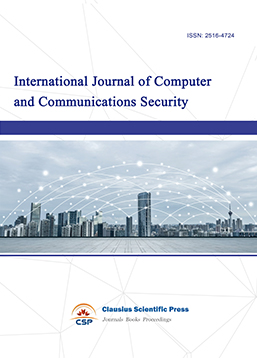
-
Journal of Multimedia Techniques
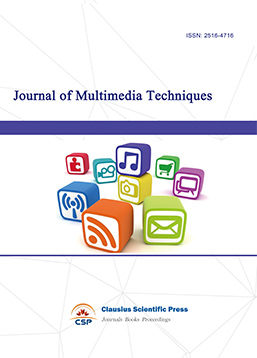
-
Automation and Machine Learning
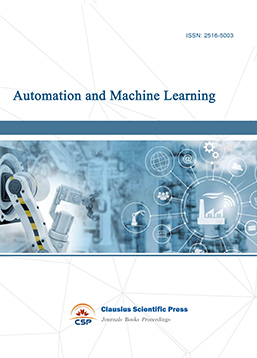
-
Computational Linguistics Letters
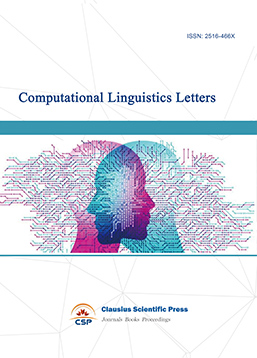
-
Journal of Computer Architecture and Design
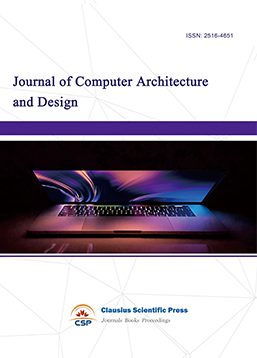
-
Journal of Ubiquitous and Future Networks
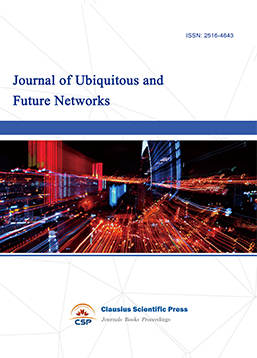

 Download as PDF
Download as PDF